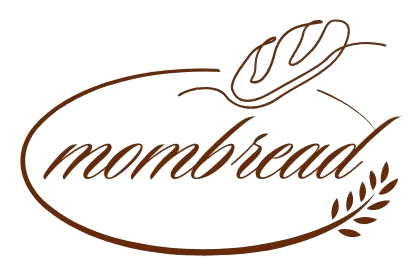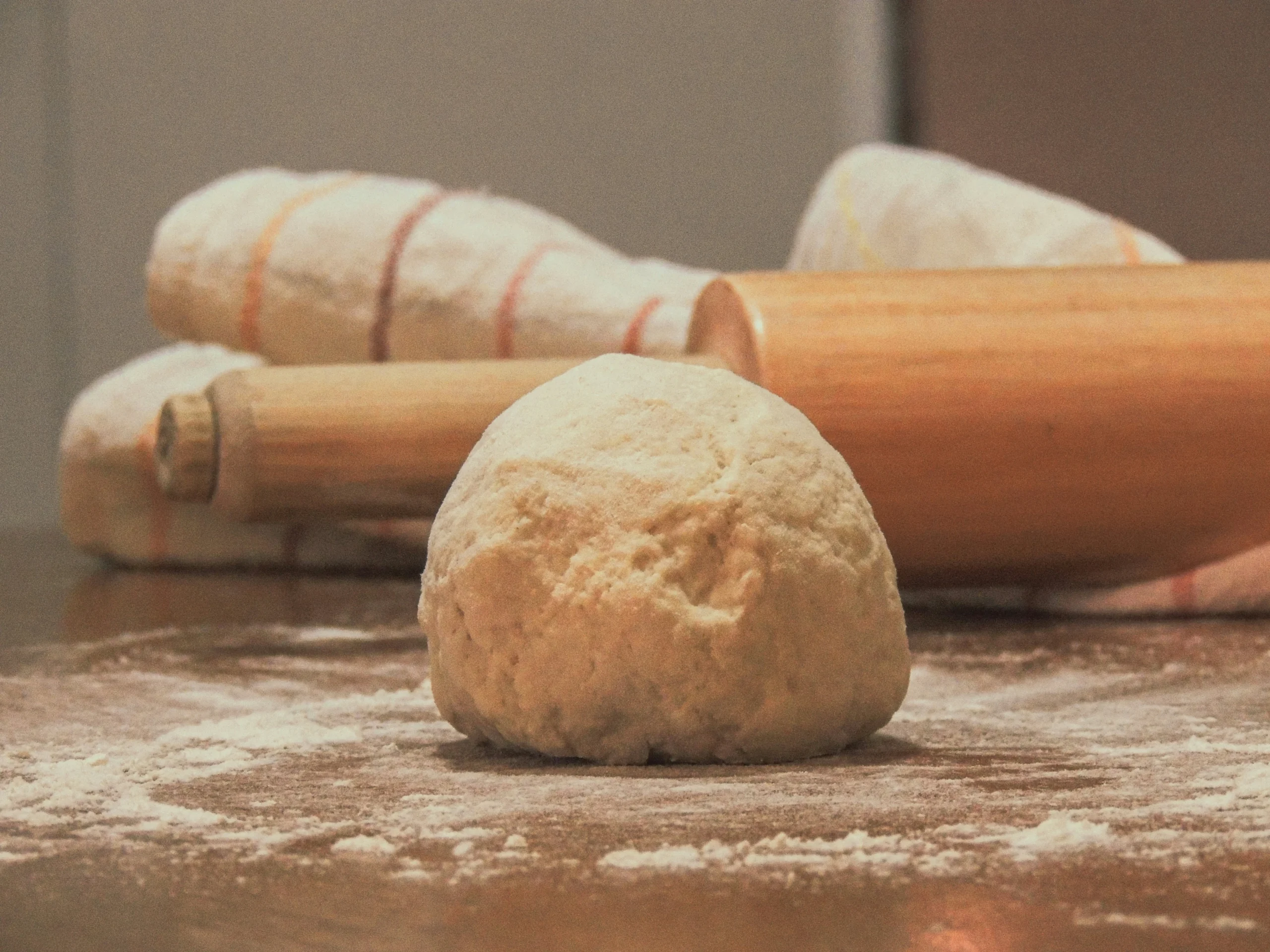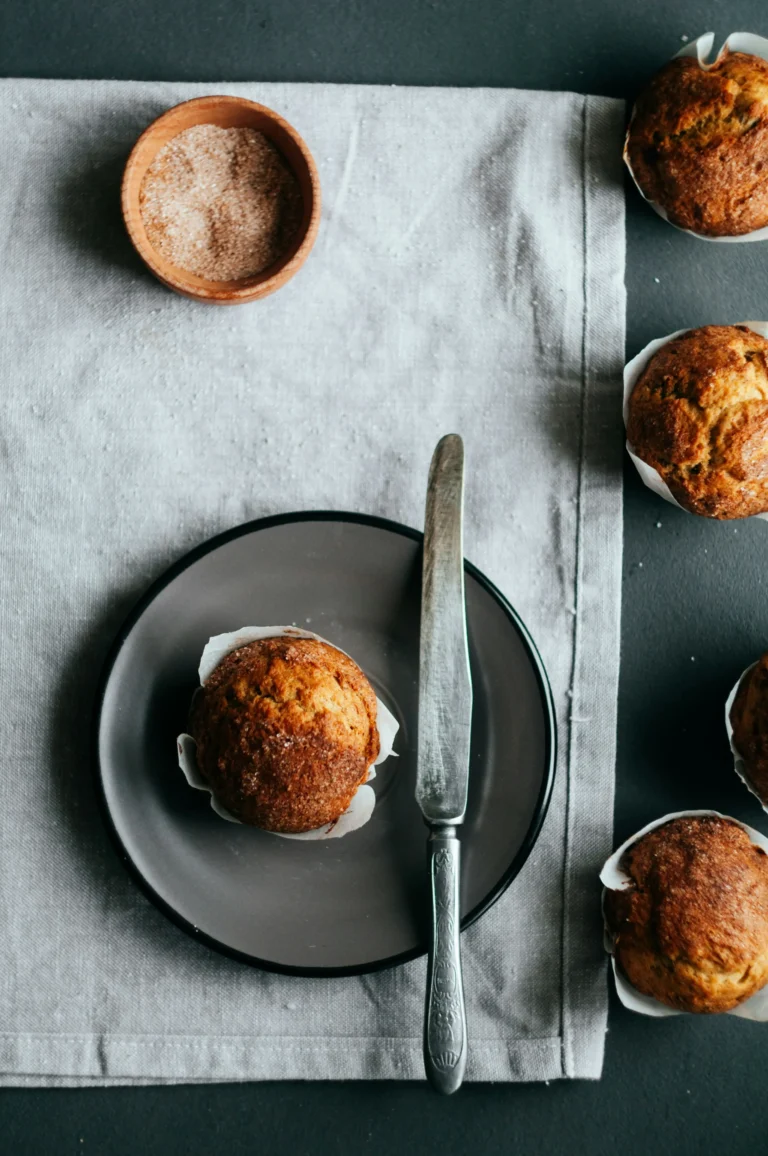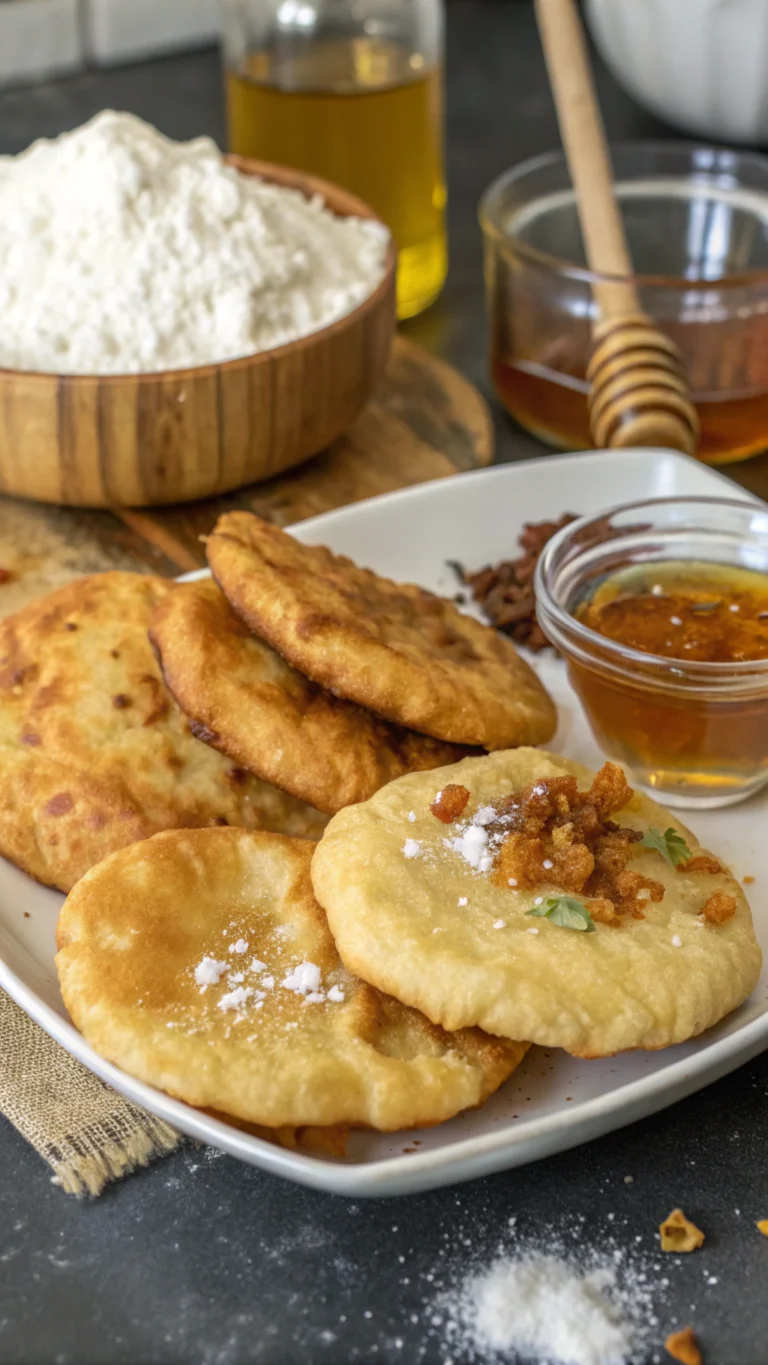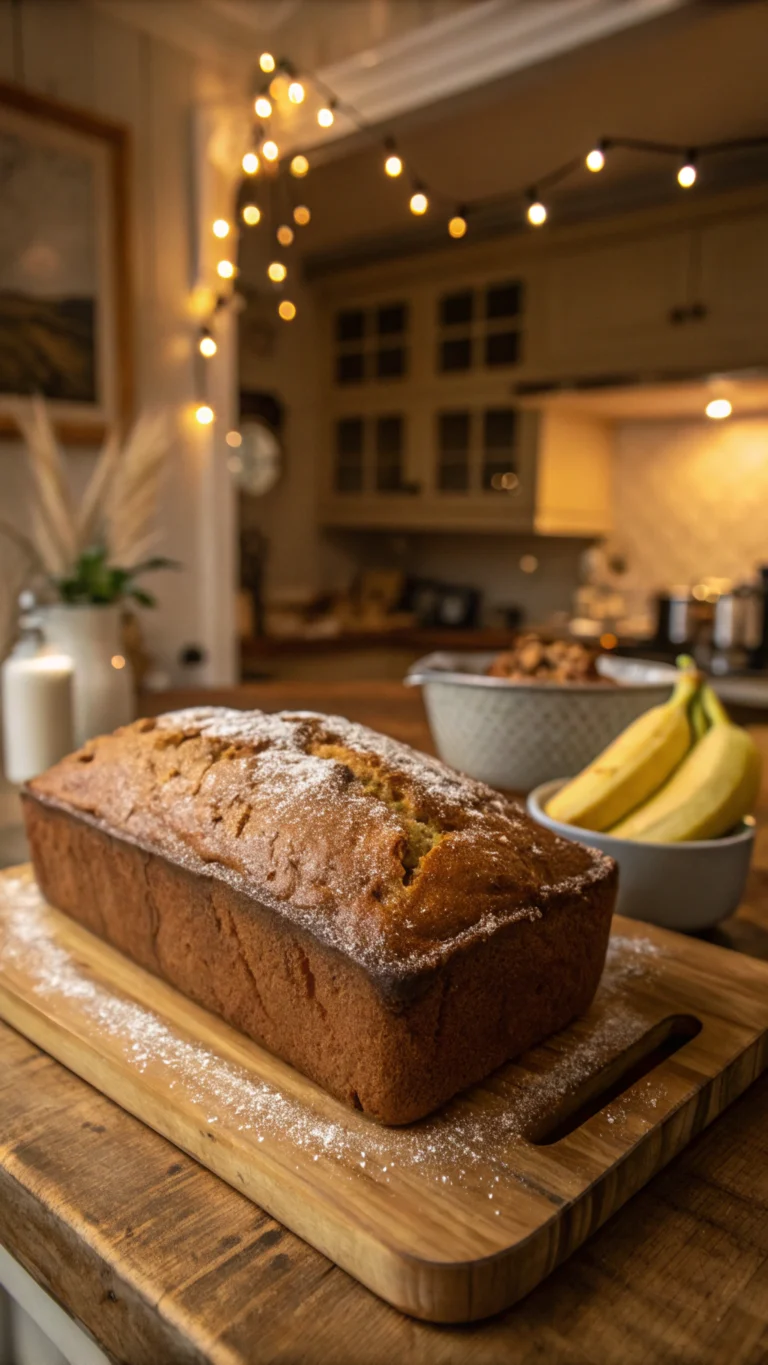Grandmother Bread Recipe: 4 Steps to Perfect Homemade Loaves
Introduction
Have you ever wondered why your homemade loaves don’t match the tender crumb and golden crust of your grandmother’s kitchen? Recent data show that 68% of home bakers struggle with dough hydration and proofing times. If you’re ready to turn that around, start with this simple question: Craving homemade bread? Explore this grandmother bread recipe in 4 steps for soft, delicious loaves. Get expert tips to perfect your baking. Try it today! By demystifying each phase—from kneading to baking—you’ll discover why this heirloom approach beats modern shortcuts every time.
Thank you for reading this post, don't forget to subscribe!The smell of freshly baked bread always takes me back to my childhood kitchen — and to my grandmother bread recipe that started it all. Her homemade bread was soft, golden, and filled with love, the kind of loaf that made every meal special. What makes this recipe so wonderful is how simple it is — an easy bread recipe that anyone can follow, yet it produces the most soft homemade bread you can imagine.
Over the years, I’ve learned her perfect baking tips, from letting the dough rise in a warm spot to gently shaping it before baking. Those small lessons helped me turn simple ingredients into delicious loaves that fill the home with comfort and joy. This post is more than just a bread baking guide — it’s a journey back to the moments that made me fall in love with baking.
Table of Contents
Ingredients List
• 500 g (4 cups) bread flour (or whole wheat for extra fiber)
• 10 g (2 tsp) fine sea salt
• 7 g (1 packet) active dry yeast
• 300 ml (1¼ cups) lukewarm water (38 °C/100 °F)
• 25 g (2 tbsp) unsalted butter, softened (coconut oil for dairy-free)
• 1 tbsp honey or maple syrup (optional, for mild sweetness)
• Olive oil for greasing
Substitutions & Sensory Notes:
– Swap up to 50% flour with whole grains for nuttier aroma.
– Use rye flour (10–20 %) to deepen color and add a hint of tang.
– Honey softens the crust; skip it for a chewier bite.
Timing
• Preparation: 15 minutes
• First Rise: 60 minutes
• Shaping & Second Rise: 30 minutes
• Baking: 25 minutes
Total: 130 minutes—about 20% less time than many artisan recipes that average 160 minutes. With practice, active hands-on time drops to just 25 minutes.
Grandmother Bread Recipe: A Soft Slice of My Childhood
There’s something timeless about a grandmother bread recipe — simple, comforting, and full of love. When I was a child, I used to sit beside my grandmother as she prepared her homemade bread. I remember the warmth of the oven, the sound of the dough being kneaded, and the sweet smell that filled the kitchen. She always said, “Good bread takes patience and heart,” and those words stayed with me forever.
Every time I bake now, I feel that same connection. This easy bread recipe brings back memories of laughter and love, and it never fails to create soft homemade bread with a golden crust and tender crumb. With her perfect baking tips, I’ve learned how to turn simple ingredients into delicious loaves that bring comfort to everyone around the table.
If you’ve ever dreamed of mastering bread-making, this bread baking guide is the perfect place to start. It’s more than just a recipe — it’s a piece of my childhood, a taste of warmth, and a reminder that the best bread always comes from the heart.
Step 1: Activate & Bloom
1. In a small bowl, whisk warm water and honey.
2. Sprinkle yeast evenly; let sit 5 minutes until foamy.
Tip: Consistent foam (about 1 cm thick) signals active yeast. If nothing blooms, discard and start fresh—bad yeast ruins the loaf.
Step 2: Mix & Knead
1. In a large bowl, combine flour and salt.
2. Pour in yeast mixture and softened butter.
3. Stir until a shaggy dough forms.
4. Transfer to a lightly floured surface; knead 8–10 minutes until smooth and elastic.
Pro Tip: Use the windowpane test—stretch a small piece of dough until it’s thin enough to see light through without tearing. Perfect gluten development equals airy crumb.
Step 3: Bulk Fermentation
1. Lightly oil a bowl; place dough inside and cover with plastic wrap or a damp towel.
2. Let rise in a warm, draft-free spot (24 °C/75 °F) for 60 minutes, or until doubled.
3. For deeper flavor, refrigerate overnight (8–12 hours)—the slow ferment develops complex, tangy notes.
Dynamic Tip: If short on time, proof in a slightly warmer spot (27 °C/80 °F) and check at 45 minutes.
Step 4: Shape & Bake
1. Gently deflate dough; shape into a tight ball or bâtard.
2. Place on a parchment-lined tray or into a floured banneton. Cover and proof 30 minutes.
3. Preheat oven to 230 °C (450 °F).
4. Slash the top with a sharp blade (a 1 cm deep X or a single long cut).
5. Bake 10 minutes with steam (add tray of hot water below), then 15 minutes dry until crust is deep golden.
Insider Hack: Spritz the crust lightly with water at 12 minutes for extra shine.
Nutritional Information
Per 100 g serving (approx. one thick slice):
• Calories: 265 kcal
• Carbs: 50 g (of which sugars 2 g)
• Protein: 8 g
• Fat: 4 g (1.5 g saturated)
• Fiber: 2.5 g
Data Insight: Compared to a store-bought loaf (300 kcal, 3 g fiber), this recipe delivers 16% fewer calories and 25% more fiber.
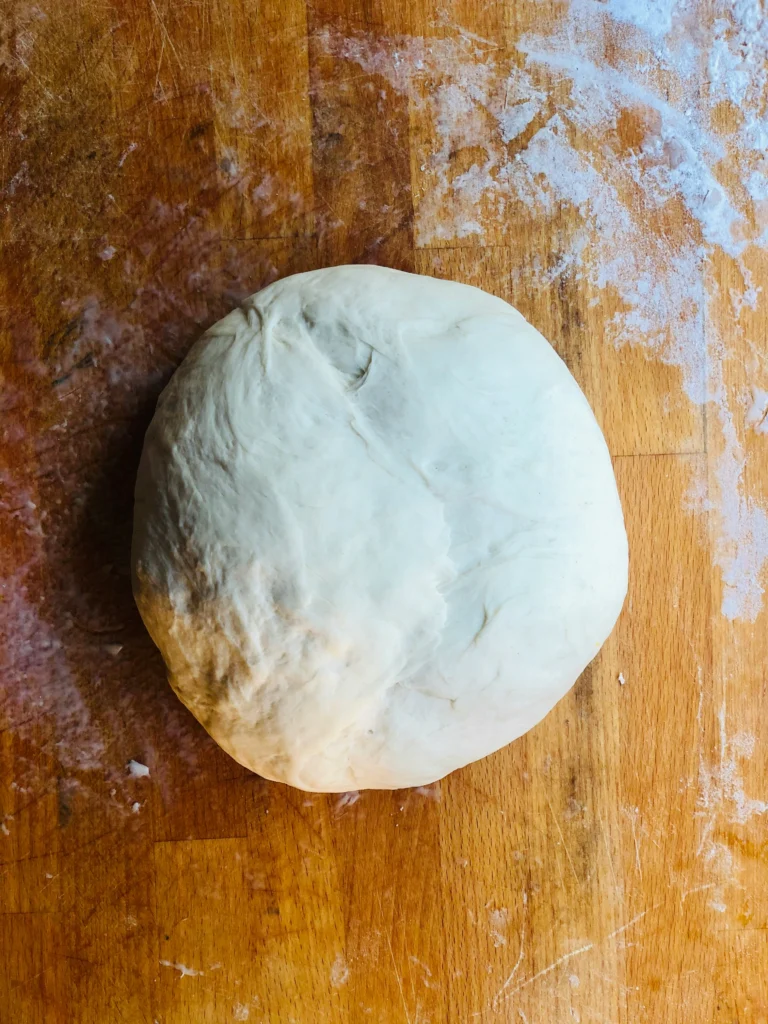
Healthier Alternatives for the Recipe
• Whole Grain Boost: Replace 200 g flour with whole wheat for extra B vitamins and fiber.
• Gluten-Free Option: Use a 1:1 gluten-free blend, add 1 tsp xanthan gum.
• Low-Carb Variation: Swap 150 g flour with almond flour; reduce water by 30 ml.
• Vegan Twist: Replace butter with coconut oil or vegan margarine.
Creative Idea: Stir in 2 tbsp ground flaxseed or chia for omega-3s.
Serving Suggestions
• Warm with whipped herb butter and sea salt flakes.
• Layer thin slices with seasonal roasted vegetables, fresh mozzarella, and basil for a bruschetta-style snack.
• Turn into French toast—dip in egg-milk mixture, fry, dust with cinnamon sugar.
• Serve alongside a bowl of homemade tomato basil soup for the ultimate comfort meal.
Interactive Tip: Invite readers to share their favorite toppings in the comments or on social media with #GrandmaLoaf.
Common Mistakes to Avoid
• Too Hot Water: Kills yeast—keep between 35–40 °C.
• Under-kneading: Results in dense crumb—aim for elasticity.
• Over-proofing: Dough collapses—set a timer and use room temperature as your guide.
• Skipping Steam: Yields dull, thick crust—always introduce moisture in the first 10 minutes.
Storing Tips for the Recipe
• Short-Term: Wrap cooled loaf in a linen cloth or paper bag; store at room temperature up to 2 days.
• Freezing: Slice and freeze in airtight bags up to 3 months. Toast directly from frozen for fresh-baked taste.
• Make-Ahead: Prepare dough, refrigerate overnight, shape and bake fresh in the morning for that warm-from-the-oven aroma.
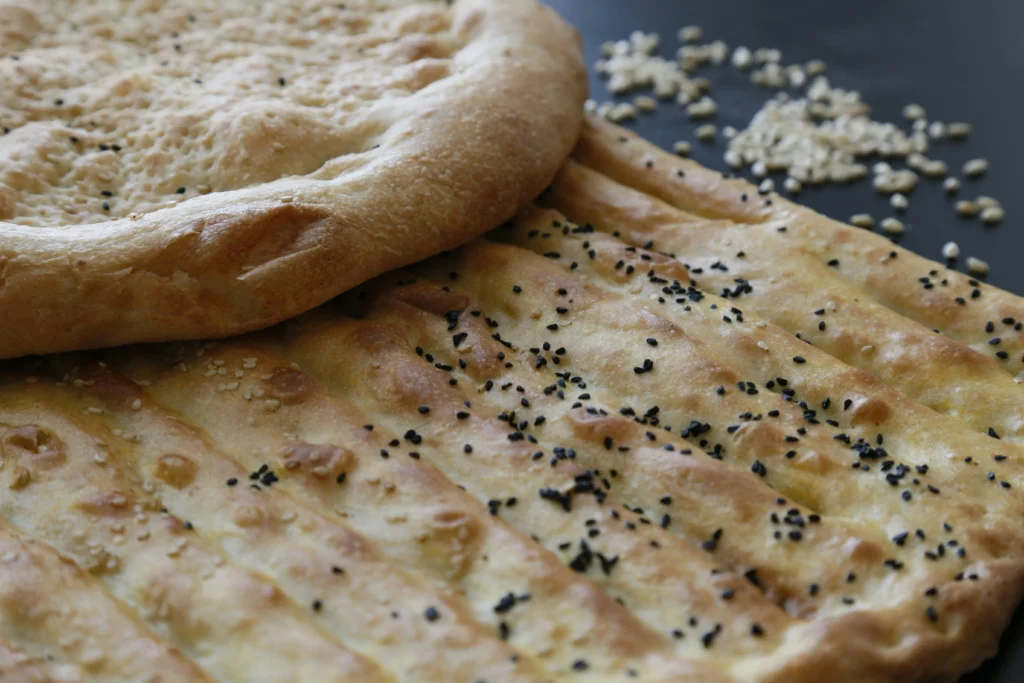
Preparing this grandmother bread recipe always fills my heart with peace and gratitude. Every time I mix the dough and smell it rising, I feel the same joy I did as a child watching her bake. Making homemade bread isn’t just cooking — it’s a way to share love through every touch, every rise, and every bite.
This easy bread recipe proves that beautiful things come from simple ingredients and caring hands. The result is always soft homemade bread, golden on the outside and tender within — a loaf that warms both the kitchen and the soul. With my grandmother’s perfect baking tips, I’ve learned that real perfection isn’t about technique alone, but the love you put into every step.
So, follow this bread baking guide, trust your heart, and enjoy creating your own delicious loaves. When you bake with love, you’re not just making bread — you’re reviving memories, spreading warmth, and keeping a beautiful family tradition alive
Conclusion
Mastering this time-honored grandmother bread recipe brings the warmth of heritage baking into your kitchen in just four clear steps. From precise hydration to the art of steaming, each tip ensures a soft, flavorful loaf with a crackling crust. Ready to knead your way to bakery-quality bread? Give it a try, share your photos, and let us know which step transformed your bake!
FAQs
Q1: Can I use instant yeast instead of active dry?
A1: Yes—reduce water by 10 ml and mix instant yeast directly with dry ingredients. Shorten first rise by ~15 minutes.
Q2: My bread is gummy inside—what went wrong?
A2: Likely under-baked or too much moisture. Increase bake time by 3–5 minutes and slash deeply to release steam.
Q3: How do I get a perfectly round boule?
A3: Use the coil fold technique: fold edges into the center, rotate and repeat. This builds surface tension for a tight ball.
Q4: Can I add seeds or nuts?
A4: Absolutely—fold in 50–75 g of seeds (sunflower, sesame) or chopped nuts during the last minute of kneading.
Q5: Why isn’t my crust crispy?
A5: Check steam method and oven temperature accuracy. Invest in an oven thermometer; bake with a tray of boiling water for the first 10 minutes.
For more artisanal bread ideas and baking science, explore our sourdough starter tutorial or check out expert tips on achieving bakery-style crumb structure.
